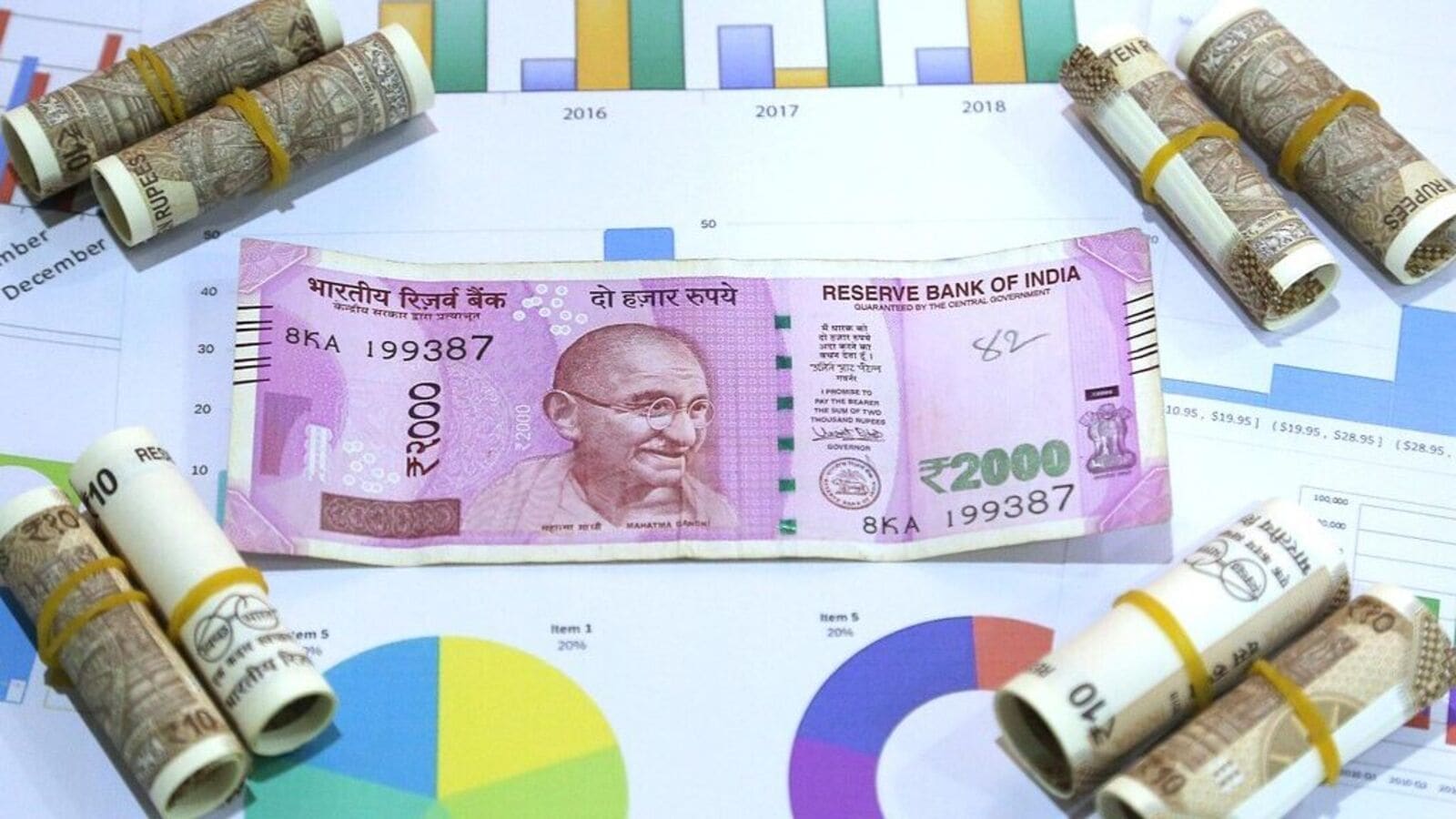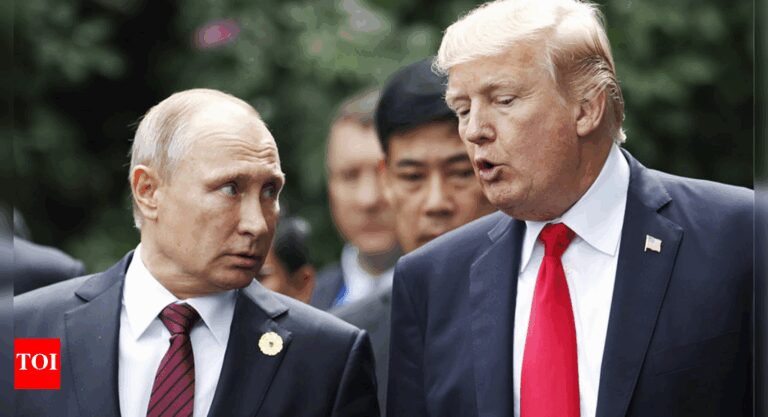India-US Trade Talks Heat Up Amid China’s Rare Earth Magnet Export Ban and Gender Gap Concerns
Recent developments in international trade have raised eyebrows, with India and the United States engaging in intense negotiations for a bilateral trade deal. While both nations seek favorable terms, the backdrop includes China’s recent decision to restrict the export of rare earth magnets—an action that poses significant challenges for India’s burgeoning automobile industry. To add to the complexity, India has posted a concerning decline in its performance on the Global Gender Gap Index. As these issues unfold, they shape a multi-faceted panorama of economic and social dynamics impacting India.
Tariff Negotiations Heat Up
The bilateral trade talks between India and the US took place from June 4 to June 10, focusing on key sensitive sectors including dairy, agriculture, digital services, and medical supplies. The US has been pushing for greater market access in these sectors, which has been met with resistance from New Delhi. India currently imposes high tariffs on US goods in these categories, citing concerns over unregulated competition and social sensitivities related to animal feeding practices prevalent in the US.
According to Mint, negotiations have turned aggressive, with the US reportedly offering a “take it or leave it” proposition, pressuring India to make concessions. The discussion is significant, given that tariff structures not only impact trade balances but also have a cascading effect on local economies and consumer prices.

China’s Stranglehold on Rare Earth Elements
In a move that has sent shockwaves across global markets, China has instituted rigorous licensing procedures for exporting rare earth magnets, which are derived from rare earth elements (REEs). Despite having the third-largest REE reserves estimated at around 6.9 million tonnes, India largely remains reliant on imports from China to meet its needs.
This dependency poses a grave risk to India’s automobile sector, which heavily utilizes rare earth magnets in the production of electric vehicles and other automotive components.

Economic Indicators Show Resilience
In a sign of robust economic activity, India’s businesses raised approximately 122.7 million e-way bills in May 2025, marking a 19% increase year-on-year. This uptick may be partly attributed to advance dispatches in anticipation of the Goods and Services Tax (GST) Council meeting. Furthermore, GST collections surged by 16.4% compared to the previous year, hitting ₹2 trillion.
Meanwhile, retail inflation has eased to 2.8% in May 2025, the lowest rate recorded in over six years. This decrease is largely due to a favorable base effect and persistent declines in food inflation. However, core inflation—which excludes food and fuel—remains above the Reserve Bank of India’s target of 4%.

Gender Gap Concerns Grow
As economic discussions unfold, disturbing news has emerged regarding India’s position on the Global Gender Gap Index. India has slipped to 131st out of 148 countries, a decline from its previous ranking of 129. This stagnation raises serious questions about gender equality in the country, particularly considering that the UK has recently improved its standing, now positioned within the top five.

Conclusion: Navigating Challenges Ahead
The current economic and political landscape poses several challenges for India. From navigating complex trade negotiations with the US to addressing detrimental effects from China’s assertive policies on rare earth elements, the Indian government is at a crucial juncture. Coupled with the pressing need to improve gender equality in the nation, the coming months will be paramount in determining India’s path forward.
As these multifaceted issues unfold, their implications will likely be felt across various sectors, influencing everything from consumer prices to social equity. Stakeholders will need to maintain a keen focus on both domestic and international factors to pave a successful way ahead for the Indian economy.





